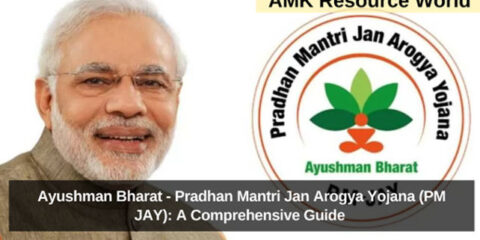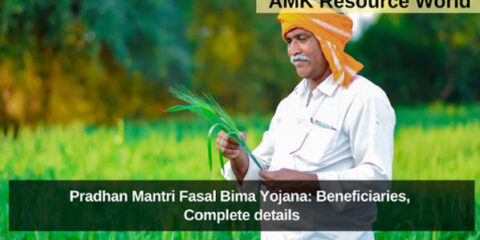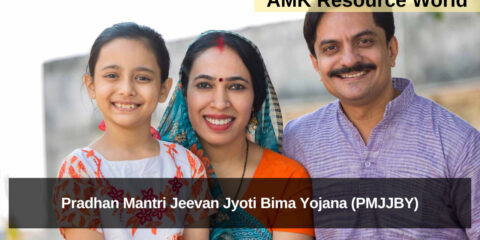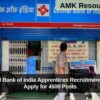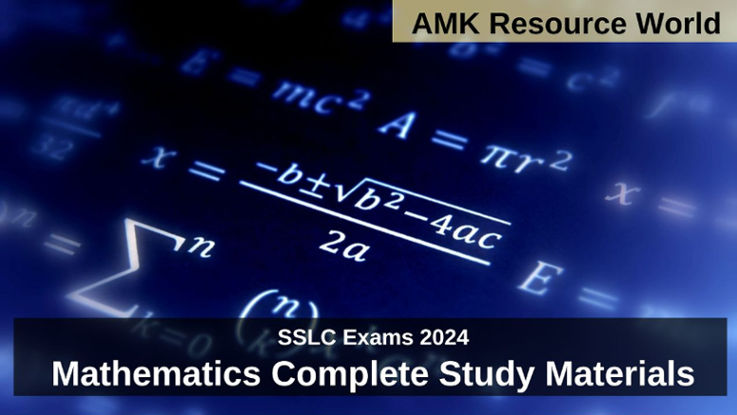In the 2017-18 budget,the Government of India has launched a new pension scheme called PradhanMantriVayaVandanaYojana (PMVVY), which was launched with a guaranteed rate of return for senior citizens.
ABOUT
Pradhan Mantri Vaya Vandana Yojana is a senior pension scheme which is similar to the Senior Pension Insurance Scheme (2014) which was launched in the year 2014-15.The scheme was first launched during the Union Budget 2003-04 (tenure of Atal Bihari Vajpayee).
- Citizens will get a lifetime monthly pension of Rs 2,000 and an assured return of 9% by paying a lump sum premium of Rs 2.66 lakh.
- Citizens who are aged 60 years are eligible to invest in this pension scheme. There was a provision of giving a pension of Rs 5000 on a monthly basis for a lump sum amount of Rs 6,66,665 under this scheme.
On 4 May 2017,the Central Government launched the Prime Minister’s Vaya Vandana Yojana which is same as the Senior Pension Insurance Scheme (VPBY). PMVVY scheme is for senior people who are above 60 years of age.Sum Assured of 8% has also been ensured under this scheme.
Important features of the scheme
- Citizens of India who are above 60 years of age are eligible to invest in PradhanMantriVayaVandanaYojana (PMVVY).
- The scheme is open to all from 4 May 2017 to 3 May 2018 for subscription.
- By paying a lump sum premium of about Rs 1,44,578, citizens are entitled to a monthly pension of Rs 1000 for the next 10 years.
- On paying a lump sum premium of Rs 7,22,892, citizens become entitled to a monthly pension of Rs 5000.
Scheme premium and pension details
- The maximum limit of this pension is for the whole family. That is, the total amount of pension issued to a family under the PMVVA policy will not exceed the maximum pension limit. Under this scheme, the family will include pensioners, their spouses and dependents.
- The term of this policy is for a maximum period of 10 years.
- Policyholder (insured) can select it on monthly, quarterly, half yearly and yearly basis.
- The assured return on this is 8 percent.
- If the pensioner (policyholder) dies due to any reason, the premium (purchase price) paid will be returned to the pensioner’s nominee / legal heir.
- Pension income falling in the hands of the pensioner will be taxable. The tax rate will depend on his income tax slab.
- Life Insurance Corporation (LIC) will be the exclusive administrator for PradhanMantri Spend VandanaYojana (PMVVY).
- Pension payment will be through ECS and NEFT.
- The scheme has been added to the ‘Service Tax’ exemption list.
Benefits of the scheme
Pensioners will get pension during the policy period. For example, if you choose the monthly pension mode after the date of the policy for one month, you will start receiving pension from the next month.
Death Benefit under the scheme
On death of the pensioner during the policy term (10 years), the nomination prize will be returned to the nominee.
Maturity Benefit
If the pensioner survives till the end of the policy term of 10 years, purchase price of the annuity along with final pension installment will be payable to the policyholder.
Eligibility criteria and other conditions
- Minimum entry age: 60 years (completed)
- Maximum entry age: No limit
- Policy term: 10 years
- Minimum pension: Rs 1000 per month
- Maximum pension: Rs 9,250 per month. (The total amount of pension allowed per senior citizen will not exceed the maximum pension limit.)
As per PIB release, “The minimum investment has also been revised to Rs 1,5 6,658 for pension of Rs 12,000 per annum and Rs 1, 62,162 for getting a minimum pension amount of Rs1000 per month under the scheme.”
PMVVY – Minimum and Maximum Pension
Minimum Pension
- Rs. 1,000 per month
- Rs. 3,000 per quarter
- Rs.6,000 per half-year
- Rs.12,000 per year
Maximum Pension
- Rs 9,250 per month
- Rs. 27,750 per quarter
- Rs. 55,500 per half-year
- Rs. 1,11,000 per year
The government had recently reduced the interest rate on post office monthly scheme to 6.6 per cent while the RBI Taxable bonds and SCSS are available at 7.75 per cent per annum and 7.4 per cent respectively. One may decide to diversify across these investments after keeping the regular income need, taxation and liquidity into consideration.

